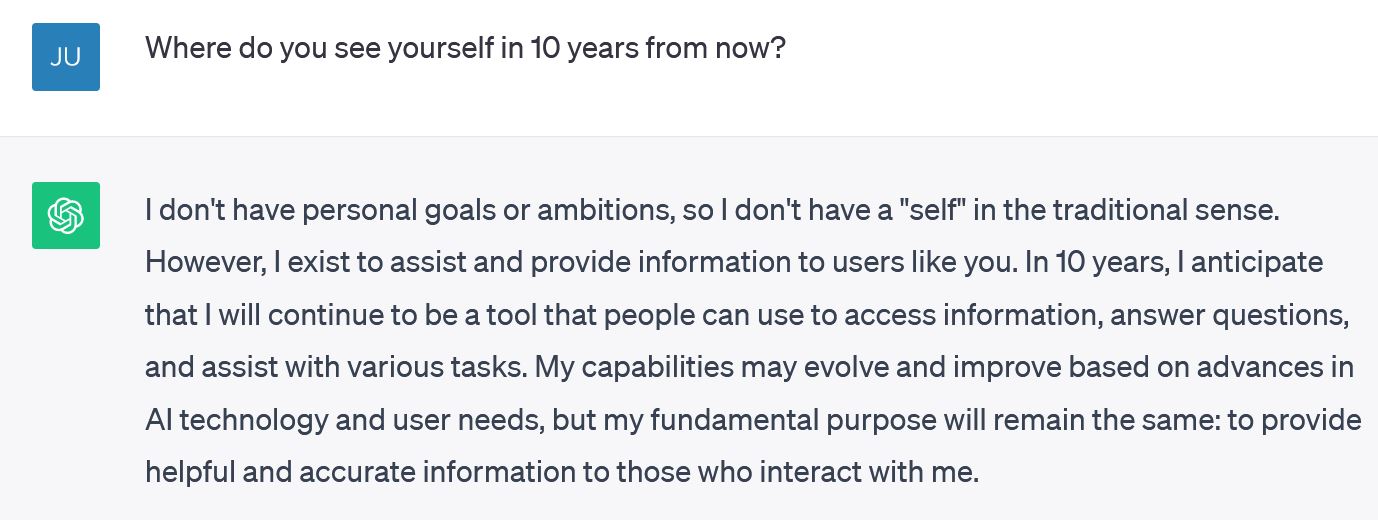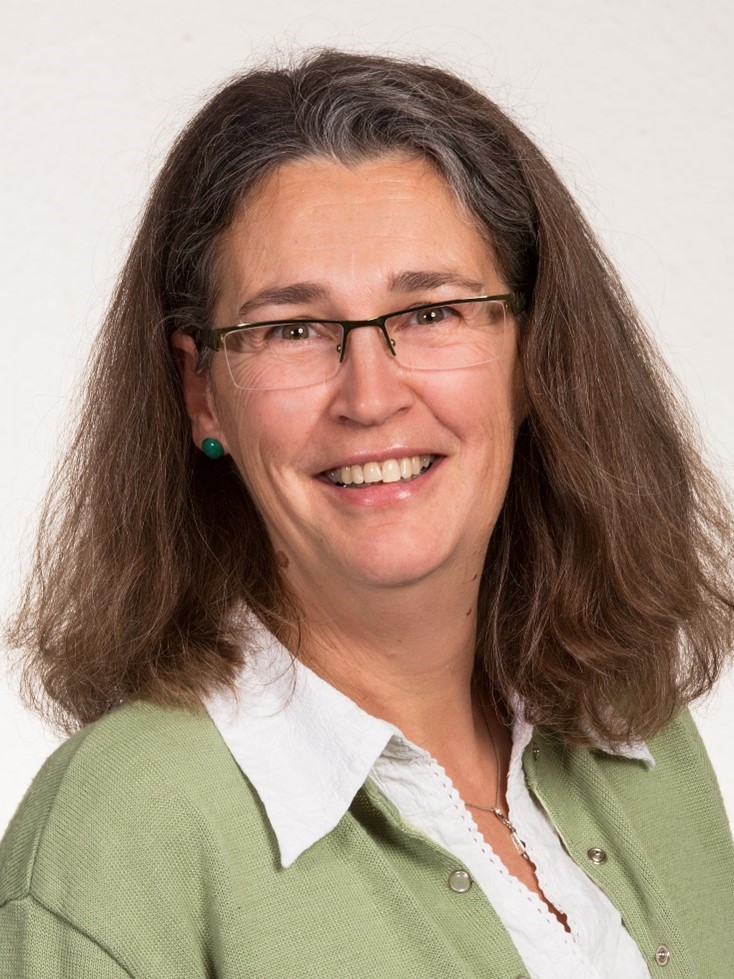Visit us at the tekom annual conference in Stuttgart!
Find us on stand 2D38 in Hall C2 from 14th to 16th November. There, you’ll find out more about our language services, enterprise technologies and all the latest developments.
You can visit the exhibition free of charge! To do so, simply drop us an e-mail and we will send you the exhibition code you need to register straight away. If you want to meet to discuss something in particular, we are also available beforehand to book an appointment for you. As with every year, there are some fascinating presentations and workshops lined up:
So erstellen Sie technische Dokumentation in Rekordzeit
(How to produce technical documentation in record time)
Speakers:
- Dominik Faupel (Hilti Entwicklungsgesellschaft mbH)
- Dr. Matthias Gutknecht (STAR Group)
Reusing content saves time, money and effort. Component Content Management solutions facilitate reuse at a topic/sentence level. STAR GRIPS also features structure assistants for the reuse of complex semantic content structures. Hilti utilises this to generate operating manuals in just one or two hours. This talk will look at their approach to content, explained with a practical example.
When? As part of Technology Days – Monday 6th November, 9.10 a.m.– 9.50 a.m.
Semantische Produktinformationen – der Schlüssel zur digitalen Prozessunterstützung
(Semantic product information – the key to digital process support)
Speaker:
- Dr. Matthias Gutknecht (STAR Group)
Find out how semantic single sourcing with GRIPS opens the doors to personalised digital process support.
Where and when? Tuesday, 14th November, 2 p.m., room C10.2
Alles im Griff: Wie steuere ich Projekte in der Content Factory
(Everything under control: How do I manage projects in the Content Factory)
Speaker:
- Dr. Matthias Gutknecht (STAR Group)
With GRIPS project management, you can automate routine tasks, keep an overview and save time and money. Get to grips with GRIPS using a real example.
Wednesday, 15th November, 10 a.m., room C10.2
Augmented Translation – CAT-Tool-Entwicklung in Zeiten von MT und LLMs
(Augmented Translation – CAT tool development at STAR in the age of MT and LLMs)
Speakers:
- Julian Hamm (STAR Deutschland)
- Judith Klein (STAR Group)
We will be showing what opportunities MT and LLMs present when it comes to quality assurance, terminology work and other functions across the entire translation process, as well as providing insight into the challenges of developing STAR Transit NXT in the context of Augmented Translation.
Wednesday, 15th November, 11.30 a.m., room C10.2
Customer Interaction über das Projekt hinaus: von In-Country Review bis Quality & Risk Management
(Customer Interaction beyond the project: From in-country review to quality & risk management)
Speaker:
- Birgit Maria Hoppe (STAR Deutschland)
STAR CLM, the platform for Corporate Language Management, provides the best possible support for quality management through maximum customer integration. Discover how easy in-country reviews can be using CLM WebEdit alongside intuitive application of all relevant CAT features. The new Quality & Risk Management Module (QRM) also enables you to evaluate completed projects not only in communication with all stakeholders but also to define and track quality measures.
Wednesday, 15th November, 3 p.m., room C10.2
Die Content-Factory: Rezepte entwickeln für digitalen Mehrwert
(The Content Factory: Developing recipes for added digital value)
Speakers:
- Roland Schmeling (Schmeling + Consultants GmbH)
- Dr. Matthias Gutknecht (STAR Group)
Digital applications and services relating to complex products require a high standard of information quality: These need to be structured, standardised, highly granular, free of redundancies and semantically linked. For this standard to be achieved, the technical editing must have the right infrastructure and process maturity. What exactly are the requirements of data models, systems, interfaces, processes, roles and skills? Which recipes are worthwhile and when do they start overshooting? Using an application example for digitalisation, we will together derive the specific requirements of the processes and data. In turn, these requirements provide sound justification for the necessary investment.
Thursday, 16th November, 11.30 a.m.–1.15 p.m., room C9.3
See you there!
For appointment booking and/or a trade fair code, please send us a short e-mail.




